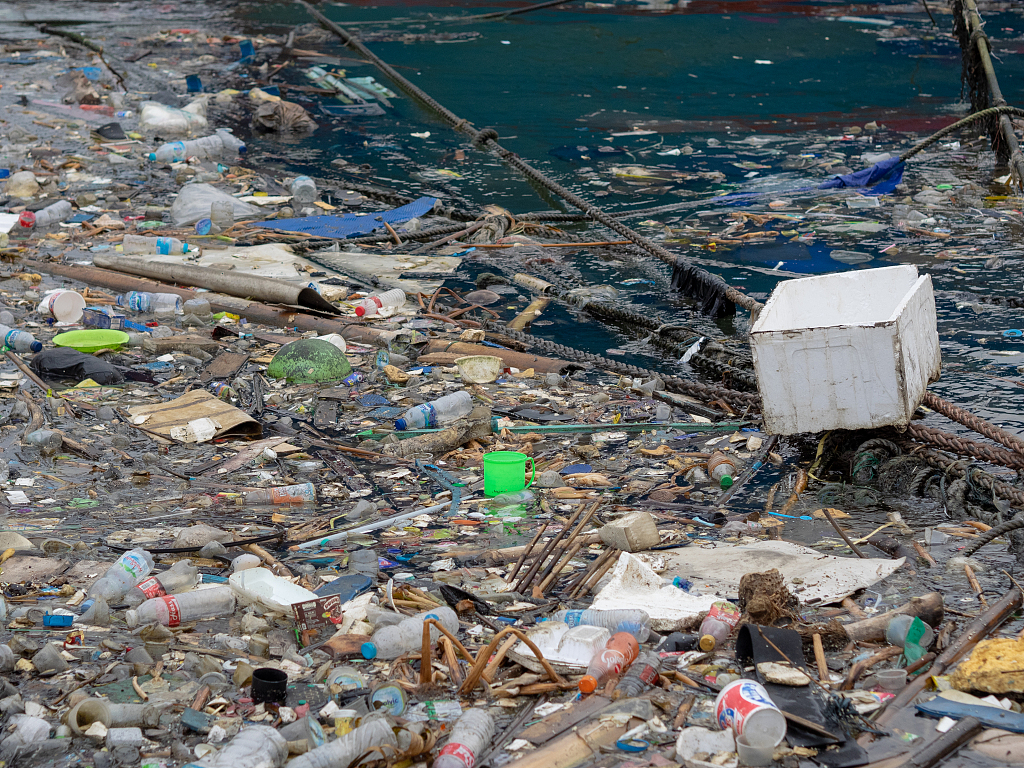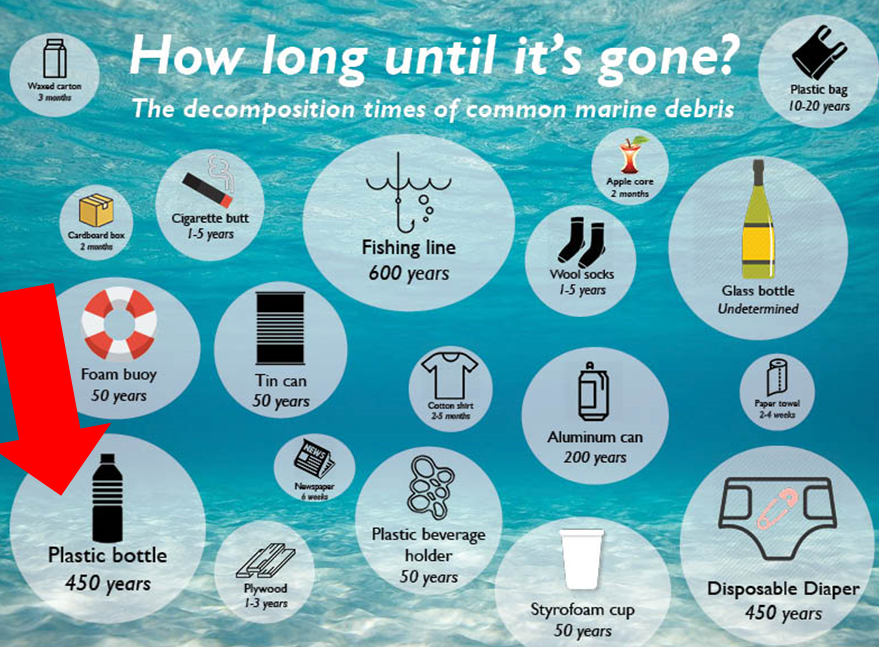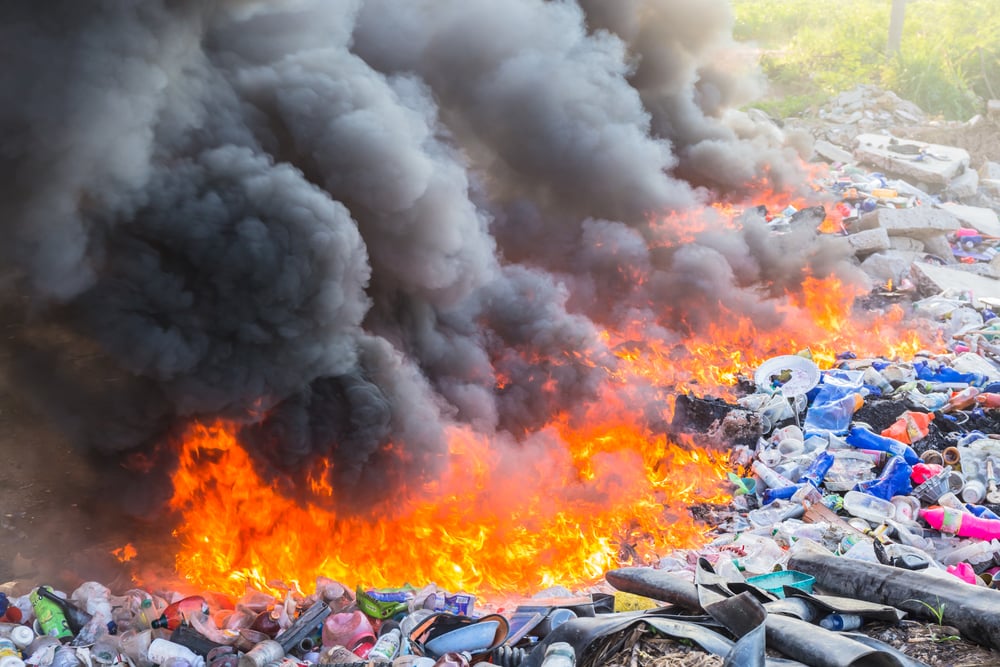What is plastic pollution?
Plastic pollution, also known as white pollution, is the accumulation in the environment of synthetic plastic products to the point that they create problems for wildlife and their habitats as well as for the human population. And plastic pollution has become one of the most pressing environmental issues, as rapidly increasing production of disposable plastic products overwhelms the world’s ability to deal with them.

What caused it?
Plastics made from fossil fuels are just over a century old. Production and development of thousands of new plastic products accelerated after World War II to the extent that life without plastics would be unimaginable today. Plastics revolutionized medicine with life-saving devices, made space travel possible, lightened cars and jets—saving fuel and lessening pollution—and saved lives with helmets, incubators, and equipment for clean drinking water.
The conveniences plastics offer, however, led to a throw-away culture that reveals the material’s dark side: Today, single-use plastics account for 40 percent of the plastic produced every year. Many of these products, such as plastic bags and food wrappers, are used for mere minutes to hours, yet they may persist in the environment for hundreds of years.

What consequences it caused?
- Harm to Wildlife: Millions of animals are killed by plastics every year, from birds to fish to other marine organisms. Nearly 700 species, including endangered ones, are known to have been affected by plastics. Nearly every species of seabird eats plastics. Most of the deaths to animals are caused by entanglement or starvation. Seals, whales, turtles, and other animals are strangled by abandoned fishing gear or discarded six-pack rings. Microplastics have been found in more than 100 aquatic species, including fish, shrimp, and mussels destined for our dinner plates. In many cases, these tiny bits pass through the digestive system and are expelled without consequence. But plastics have also been found to have blocked digestive tracts or pierced organs, causing death. Stomachs so packed with plastics reduce the urge to eat, causing starvation. Like the documentary "Plastic Whale"

- Stemming the Plastic Tide: Most of the plastic trash in the oceans, Earth’s last sink, flows from land. Trash is also carried to sea by major rivers, which act as conveyor belts, picking up more and more trash as they move downstream. Once at sea, much of the plastic trash remains in coastal waters. But once caught up in ocean currents, it can be transported around the world. Once in the ocean, it is difficult to retrieve plastic waste. And once plastics break down into microplastics and drift throughout the water column in the open ocean, they are virtually impossible to recover.
- Causing climate change: Just 16% of plastics are recycled – the rest goes to landfill for incineration, or is just dumped. The gas produced by the incineration of plastics is mainly carbon dioxide, which contributes to climate change. And plastic releases greenhouse gases as it slowly breaks down. Sunlight and heat cause it to release methane and ethylene – and at increasing rate as the plastic breaks down into ever smaller pieces. On top of this, research suggests that microplastics affect the ability of marine microorganisms to absorb carbon dioxide and release oxygen. At least half of Earth’s oxygen comes from the ocean, mostly produced by plankton. These tiny organisms also capture carbon through photosynthesis, making our ocean a vitally important carbon sink. Microplastics affect the ability of these organisms to grow, reproduce and capture carbon. And by grazing on microplastics, these plankton could further accelerate the loss of ocean oxygen.

(and there are other secrets about plastic that we are not aware of the hazards::